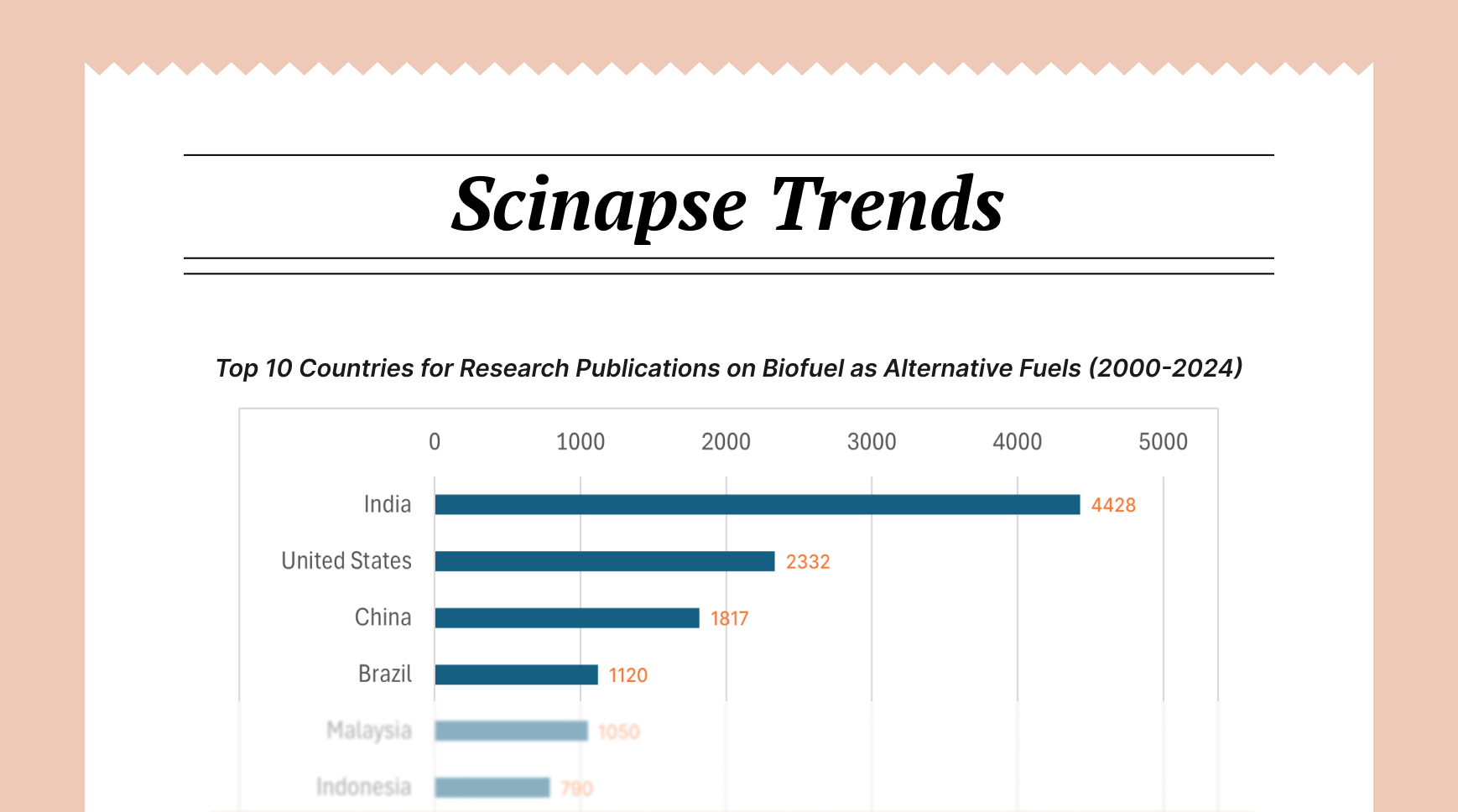Decoding Brain Aging: Cellular Senescence, Neuroinflammation, and Genetic Contributions (2020-2024)
Decoding Brain Aging (2020-24): Mini-review highlights research on cellular senescence, neuroinflammation, & genetics influencing cognitive decline. Learn key drivers.
Introduction
The aging brain is characterized by a complex interplay of cellular and molecular changes that contribute to cognitive decline and increased susceptibility to neurodegenerative diseases. Recent advancements in single-cell technologies, multi-omics approaches, and genetic analyses have provided unprecedented insights into the mechanisms underlying brain aging. This mini-review focuses on key advancements in understanding cellular senescence, neuroinflammation, and the genetic architecture of brain aging over the past five years, drawing exclusively from the provided list of papers.
Cellular Senescence and its Impact on Brain Aging
Cellular senescence, a state of irreversible cell cycle arrest, has emerged as a critical factor in brain aging. Diana Jurk's group has demonstrated that whole-body senescent cell clearance alleviates age-related brain inflammation and cognitive impairment in mice, with similar findings reported in both 2020 and 2021 (Mikołaj Ogrodnik et al., 2020, Aging Cell; Mikołaj Ogrodnik et al., 2021, Aging Cell). This suggests that senescent cells contribute to the detrimental effects of aging on the brain. Ewa Sikora and colleagues have provided a general overview of cellular senescence in brain aging in 2020 and 2021 (Ewa Sikora et al., 2020, Front. aging neurosci.; Ewa Sikora et al., 2021, Front. aging neurosci.). More recently, Miranda E. Orr's research group identified senescent neurons with CDKN2D/p19 and tau neuropathology in human brains, further solidifying the link between cellular senescence and neurodegenerative processes (Shiva Kazempour Dehkordi et al., 2021, Nature Aging). In 2023, Ashok Kumar's team showed that peripheral cellular senescence affects brain aging and cognitive decline (Vivekananda Budamagunta et al., 2023, Aging Cell). Furthermore, Michal Schwartz's group identified senescent, TREM2-expressing microglia in aging and Alzheimer’s disease model mouse brain in 2024, highlighting the role of microglia senescence in neurodegeneration (Noa Rachmian et al., 2024, Nature Neuroscience). These findings underscore the importance of targeting cellular senescence as a potential therapeutic strategy for age-related cognitive decline.
Dissecting Neuroinflammation in the Aging Brain
Neuroinflammation is another hallmark of brain aging, characterized by the activation of glial cells and the release of pro-inflammatory mediators. Tony Wyss‐Coray's laboratory has made significant contributions to understanding the role of microglia in this process. In 2020, they reported that lipid-droplet-accumulating microglia represent a dysfunctional and proinflammatory state in the aging brain (Julia Marschallinger et al., 2020, Nature Neuroscience). Furthermore, they demonstrated that exercise plasma boosts memory and dampens brain inflammation via clusterin (Zurine De Miguel et al., 2021, Nature). In 2022, David Gate's group showed that cerebrospinal fluid immune dysregulation occurs during healthy brain aging and cognitive impairment (Natalie Piehl et al., 2022, Cell). Bo Peng's research group provided transcriptional and epigenetic decoding of the microglial aging process in 2023 (Xiaoyu Li et al., 2023, Nature Aging). In 2024, Emi Ling's team reported that a concerted neuron–astrocyte program declines in ageing (Emi Ling et al., 2024, Nature). These studies highlight the complex and dynamic nature of neuroinflammation in the aging brain and suggest that targeting specific inflammatory pathways could be a promising therapeutic approach.
Genetic Architecture of Brain Aging
Understanding the genetic factors that influence brain aging is crucial for identifying individuals at risk for age-related cognitive decline and developing personalized interventions. Rachel M. Brouwer and Hilleke E. Hulshoff Pol have investigated genetic variants associated with longitudinal changes in brain structure across the lifespan, with publications in 2020, 2021, and 2022 (Rachel M. Brouwer et al., 2020, Nature Neuroscience; Rachel M. Brouwer et al., 2021, Nature Neuroscience; Rachel M. Brouwer et al., 2022, Nature Neuroscience). Junhao Wen's group has focused on the genetic architecture of multimodal human brain age, publishing findings in 2023 and 2024 (Junhao Wen et al., 2023, Nature Communications; Junhao Wen et al., 2024, Nature Communications). In 2024, they also reported on the genetic architecture of biological age in nine human organ systems (Junhao Wen et al., 2024, Nature Aging). Philip L. De Jager's team investigated cell subtype-specific effects of genetic variation in the Alzheimer’s disease brain, with publications in 2023 and 2024 (Masashi Fujita et al., 2023, Nature Genetics; Masashi Fujita et al., 2024, Nature Genetics). These studies provide valuable insights into the genetic underpinnings of brain aging and highlight the potential for developing genetic risk scores to predict cognitive decline.
Conclusion
The past five years have witnessed significant advancements in our understanding of brain aging, driven by technological innovations and collaborative research efforts. Studies have highlighted the critical roles of cellular senescence, neuroinflammation, and genetic factors in the aging process. While significant progress has been made, further research is needed to fully elucidate the complex interplay of these factors and to develop effective interventions to promote healthy brain aging and prevent age-related cognitive decline.
✨ About This POST
This mini-review post was generated through Scinapse. Scinapse provides reliable research trend analysis using citation analysis and AI technology.
Check out the trends in your field too!
Get started at https://scinapse.io


Comments ()